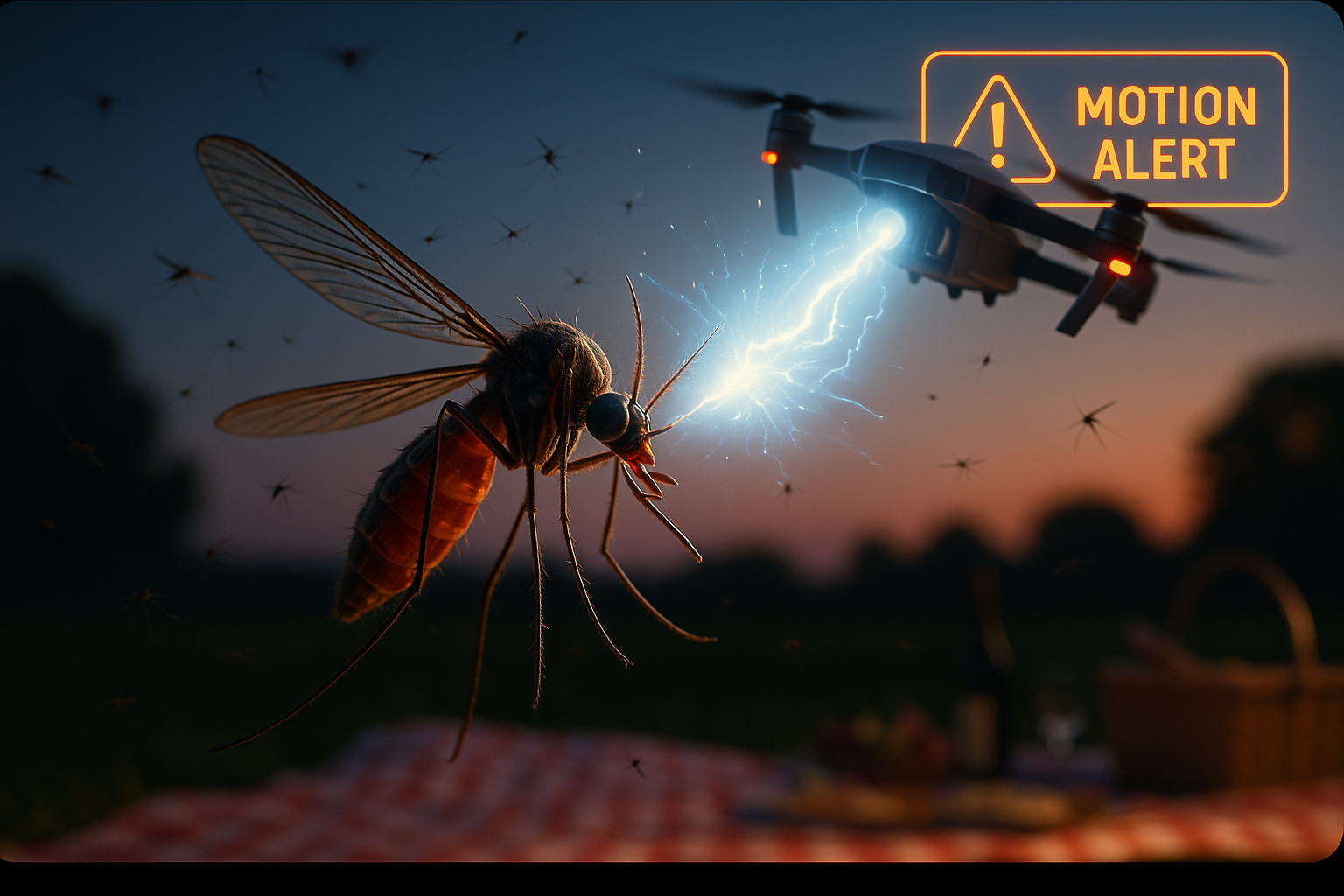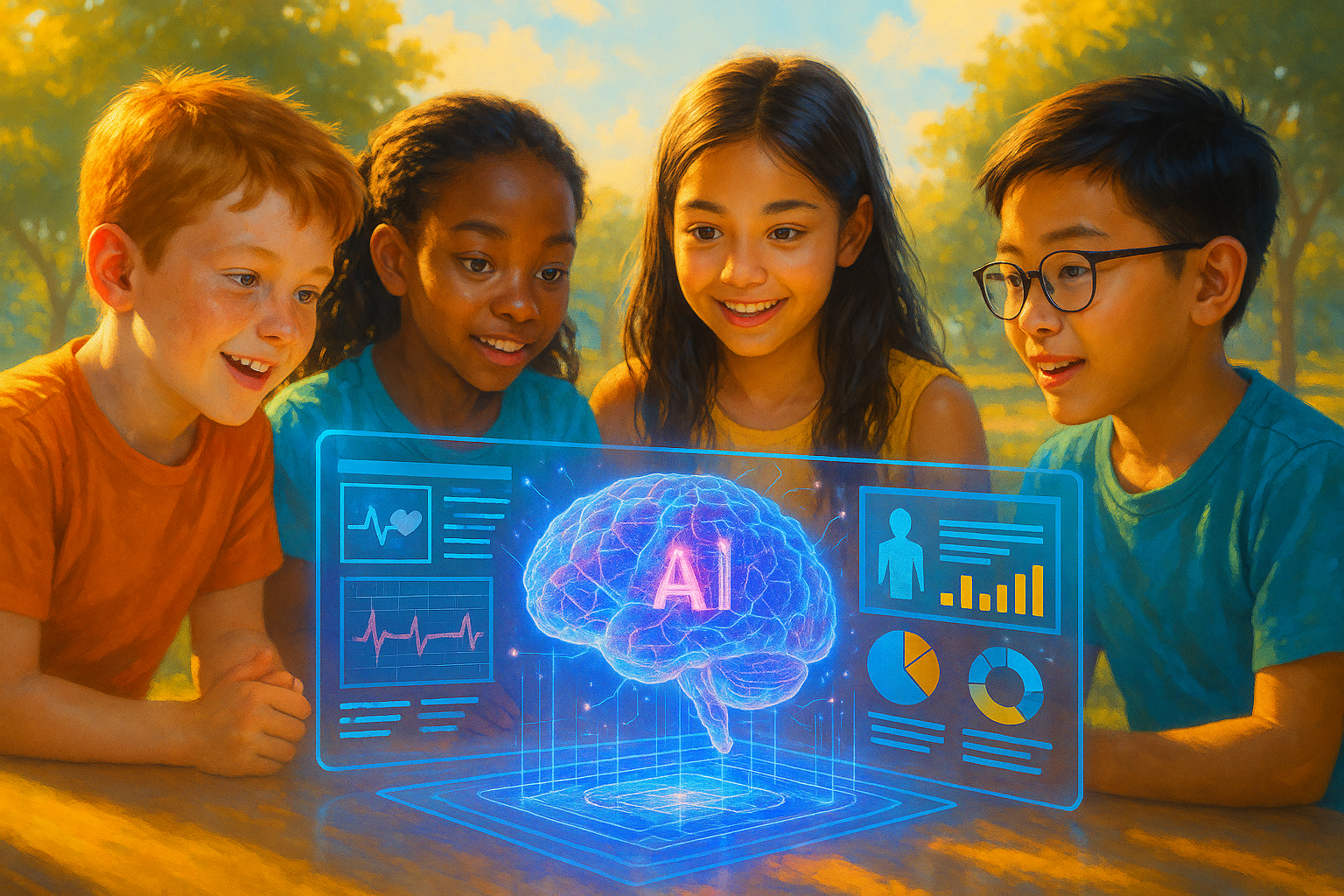
How AI Is Reinventing Early Warning Systems for Disasters (and Why It Matters More Than Ever)
The increasing frequency and intensity of natural disasters underscore the urgent need for advanced preparedness and response mechanisms. From devastating floods to raging wildfires and unpredictable tornadoes, communities worldwide face unprecedented challenges. In this critical landscape, artificial intelligence (AI) is emerging as a transformative force, revolutionizing how we anticipate, monitor, and mitigate the impact of these events.
The European Commission’s MedEWSa project exemplifies this groundbreaking shift. It’s actively developing an AI-driven Forecast and Early Warning System against Natural Hazards, a sophisticated integrated platform utilizing artificial intelligence to assess risks, support decision-making, and disseminate warnings for various natural hazards across the Mediterranean and pan-European regions. This initiative aims to enhance existing capabilities, providing timely and accurate information to mitigate the impacts of disasters such as floods, wildfires, and earthquakes. The adoption of AI in this context offers significant benefits in terms of the speed and precision of warnings, though challenges remain in ensuring data quality, model transparency, and establishing robust international standards for ethical and effective AI use in disaster risk management.
The Unpredictable Fury of Tornadoes: A Local Lens
The recent tornadoes in St. Louis serve as a stark reminder of nature’s formidable power and the devastating impact these events can have on communities. While the MedEWSa project focuses broadly on natural hazards, the challenge of tornado prediction presents its own unique complexities. Tornadoes are highly localized and rapid-onset phenomena, making their precise forecasting a scientific and logistical hurdle. Traditional weather forecasting models, while advanced, often struggle with the granular, real-time data necessary to predict tornado formation and path with high accuracy and sufficient lead time.
AI’s Role in Decoding Tornadoes and Enhancing Preparedness
AI is beginning to change this by significantly enhancing our ability to understand and predict tornadoes. Here’s how:
Advanced Data Analysis and Pattern Recognition: AI algorithms, particularly machine learning models, can process vast amounts of meteorological data from diverse sources – including Doppler radar, satellite imagery, weather sensors, and even social media feeds – at speeds human analysts cannot match. These systems can identify subtle patterns, anomalies, and precursor signatures that often precede tornado formation, improving the accuracy of severe weather outlooks. For instance, AI can analyze changes in atmospheric pressure, temperature gradients, and wind shear that are indicative of tornadic activity, allowing for earlier and more precise alerts.
Real-time Forecasting and Nowcasting: AI-powered models can perform “nowcasting” – predicting immediate weather changes within a very short timeframe (e.g., 0-6 hours). By continuously ingesting live data, AI can update forecasts in real-time, providing crucial minutes or even seconds of additional warning, which can be life-saving. This is particularly vital for tornadoes, where every moment counts for communities to take shelter.
Predictive Modeling for Specific Regions: Researchers are developing localized AI models that can be trained on historical weather patterns and topographical data specific to tornado-prone regions, like the Midwest. These models can learn the unique atmospheric conditions that lead to tornadoes in those areas, offering tailored and more accurate predictions than broader regional forecasts.
Satellite and Remote Sensing Integration: AI is instrumental in processing and interpreting complex data from advanced satellites and remote sensing technologies. These systems can detect subtle atmospheric disturbances and ground-level changes that might indicate tornado potential, providing valuable input for predictive models.
Enhancing Communication and Dissemination: Beyond prediction, AI can optimize the dissemination of warnings. AI-driven systems can analyze population density, infrastructure, and communication networks to determine the most effective ways to deliver alerts to affected areas, utilizing platforms like emergency apps, social media, and localized messaging systems.
The Path Forward: Ethical Considerations and Continuous Improvement
While the promise of AI in disaster preparedness and response is immense, it’s not without its challenges. Ensuring data quality, maintaining model transparency, and establishing robust international standards are crucial for the ethical and effective use of AI. It’s essential to address concerns around algorithmic bias, data privacy, and the potential for over-reliance on AI without human oversight.
For Spark AI Strategy, the integration of AI into disaster management represents a significant opportunity to contribute to a safer, more resilient future. By focusing on cutting-edge AI integrations and industry trends, we aim to deliver solutions that not only advance technology but also foster collaboration, innovation, and a shared vision for success in safeguarding communities.
Bibliography
- MedEWSa Project. (n.d.). MedEWSa – An AI-driven Forecast and Early Warning System against Natural Hazards. Retrieved from https://medewsa.eu/
- European Commission. (n.d.). Digital transformation: AI for crisis management and human well-being. Retrieved from https://digital-strategy.ec.europa.eu/en/policies/digital-transformation-ai-crisis-management-and-human-well-being
- World Economic Forum. (2023, September 14). AI’s role in disaster management: A global perspective. Retrieved from https://www.weforum.org/agenda/2023/09/ai-disaster-management-global-perspective/
- UN Global Pulse. (2020, October). AI for Disaster Risk Reduction and Humanitarian Action. Retrieved from https://www.unglobalpulse.org/wp-content/uploads/2020/10/UNGlobalPulse_AI_DRR_HumanitarianAction.pdf
- NOAA. (n.d.). Artificial Intelligence for Environmental Sciences. Retrieved from https://www.noaa.gov/research/artificial-intelligence-for-environmental-sciences
- The Washington Post. (2024, May 17). AI could predict tornadoes. Here’s what it would take. Retrieved from https://www.washingtonpost.com/weather/2024/05/17/ai-tornado-prediction-future-forecasting/
- Nature Machine Intelligence. (2024, March 11). Weather forecasting with machine learning: recent developments and future directions. Retrieved from https://www.nature.com/articles/s42256-024-00815-5
- Frontiers in Artificial Intelligence. (2023, July 20). Artificial Intelligence in Disaster Prediction and Prevention: Current Trends and Future Prospects. Retrieved from https://www.frontiersin.org/articles/10.3389/frai.2023.1197779/full
- Oklahoma State University. (2023, February 15). OSU researchers developing AI for tornado prediction. Retrieved from https://news.okstate.edu/articles/research/2023/tornado_prediction_ai.html
- NASA. (n.d.). AI for Earth Science: Predicting and Responding to Natural Hazards. Retrieved from https://appliedsciences.nasa.gov/what-we-do/ai-earth-science-predicting-and-responding-natural-hazards
- IBM. (n.d.). AI in Disaster Response: How AI Can Help Combat Crises. Retrieved from https://www.ibm.com/topics/ai-in-disaster-response
- Deloitte. (n.d.). Accelerating disaster response with AI. Retrieved from https://www2.deloitte.com/us/en/insights/focus/cognitive-technologies/artificial-intelligence-disaster-response.html
- United Nations Development Programme (UNDP). (2023, July 28). AI for Disaster Response and Recovery. Retrieved from https://www.undp.org/blog/ai-disaster-response-and-recovery
- World Food Programme (WFP). (n.d.). How AI Helps WFP Respond to Disasters. Retrieved from https://www.wfp.org/stories/how-ai-helps-wfp-respond-disasters
- PwC. (n.d.). Artificial intelligence and the climate crisis. Retrieved from https://www.pwc.com/gx/en/issues/climate-change/artificial-intelligence-climate-crisis.html
- GovTech. (2024, April 16). ChatGPT in Government: Can AI Help Communities Prepare for Disaster?. Retrieved from https://www.govtech.com/artificial-intelligence/chatgpt-in-government-can-ai-help-communities-prepare-for-disaster




